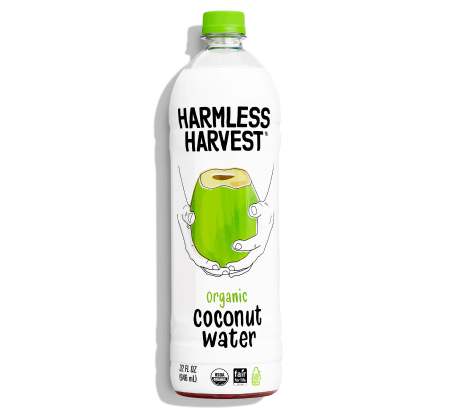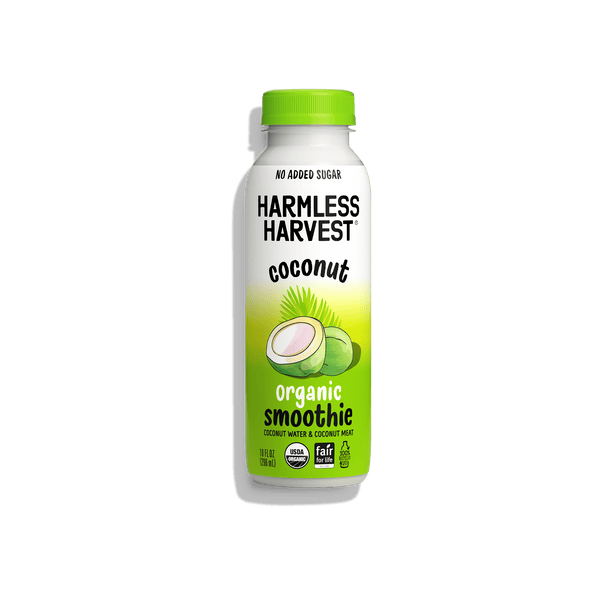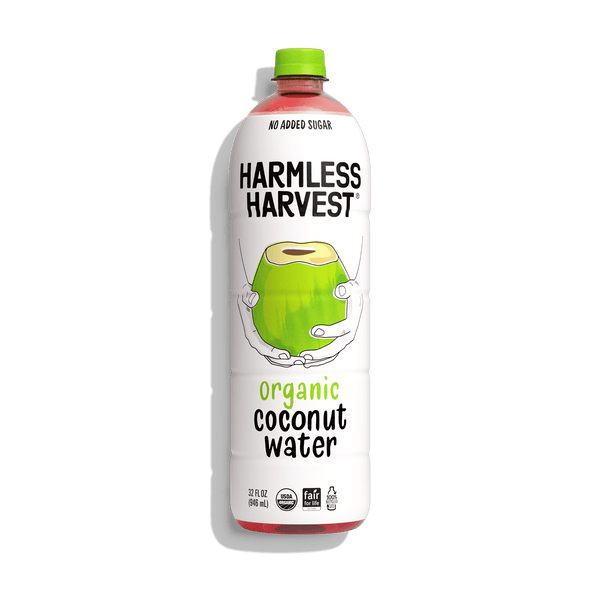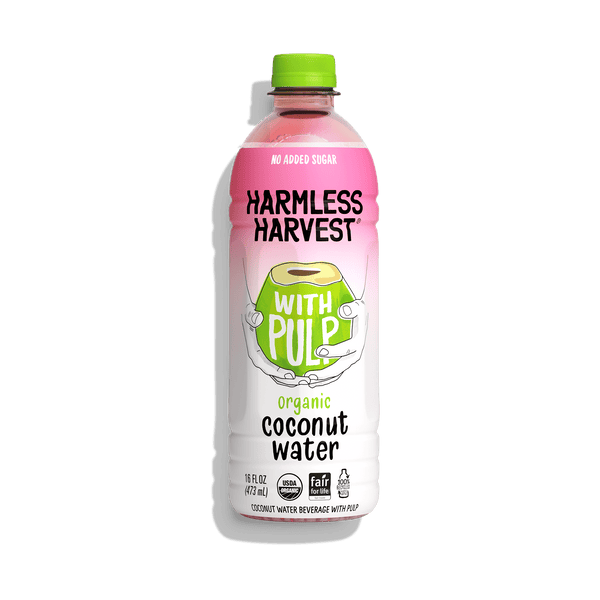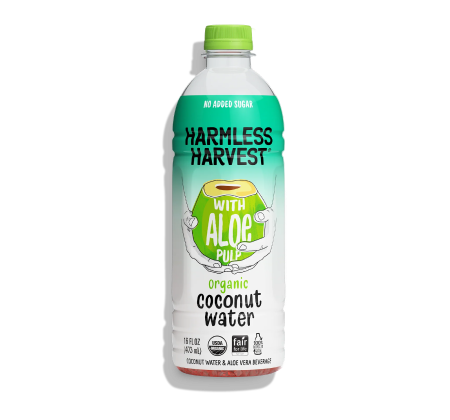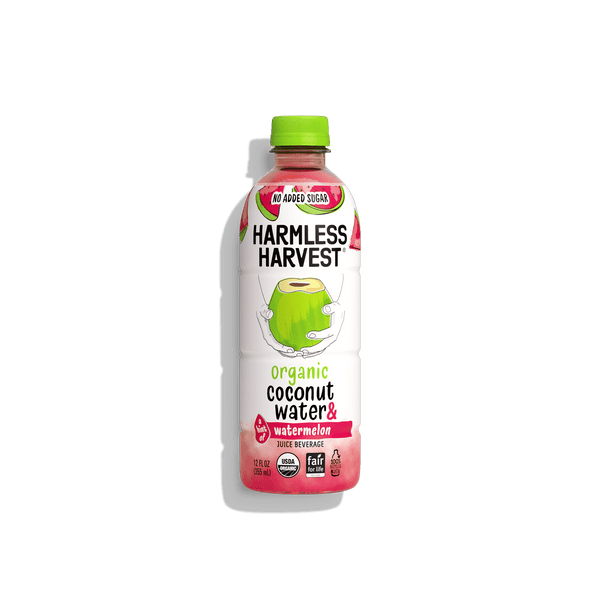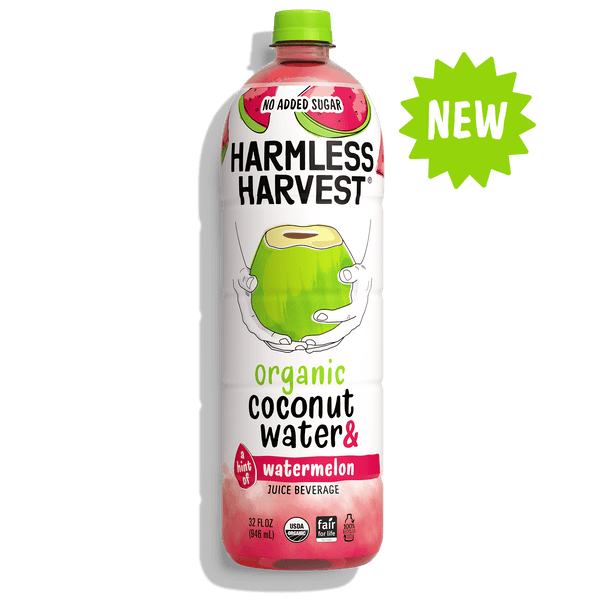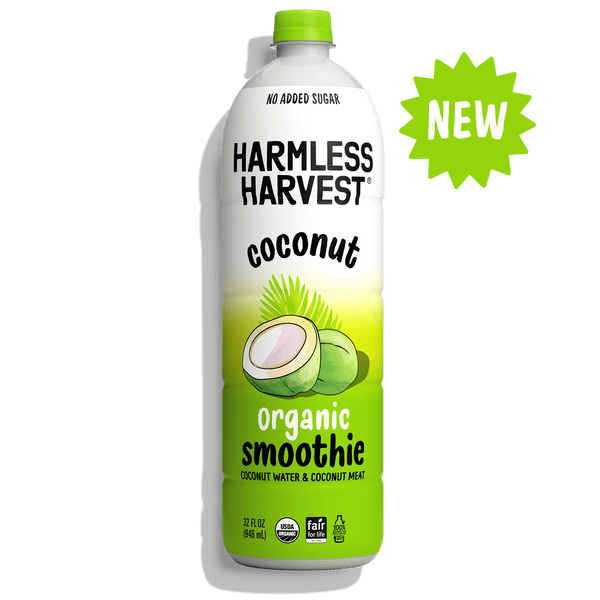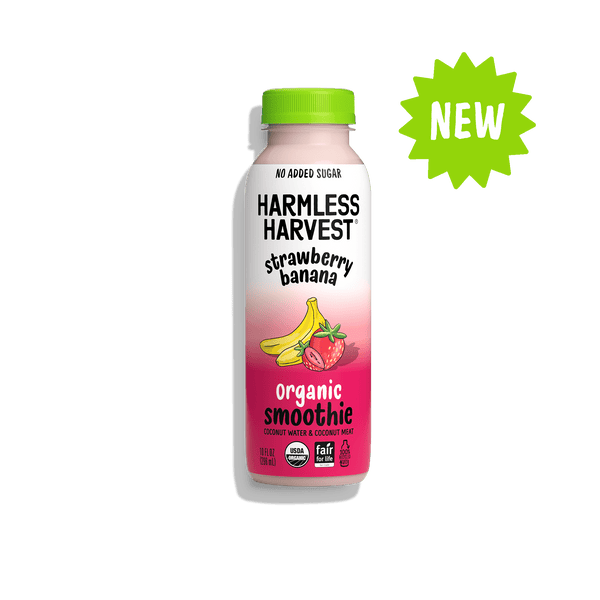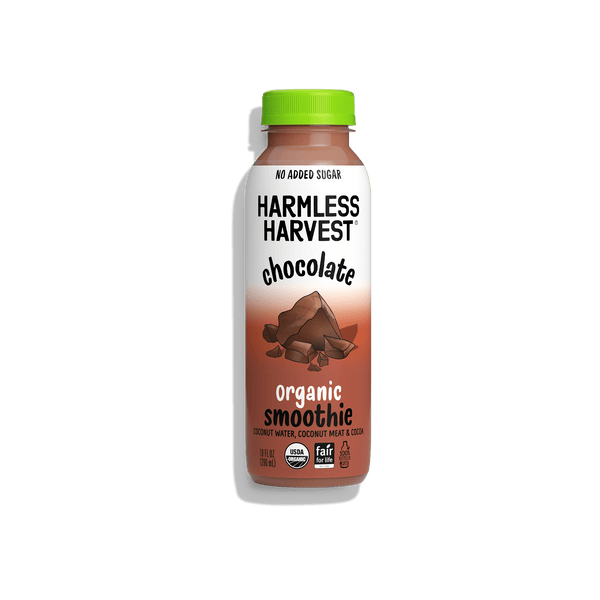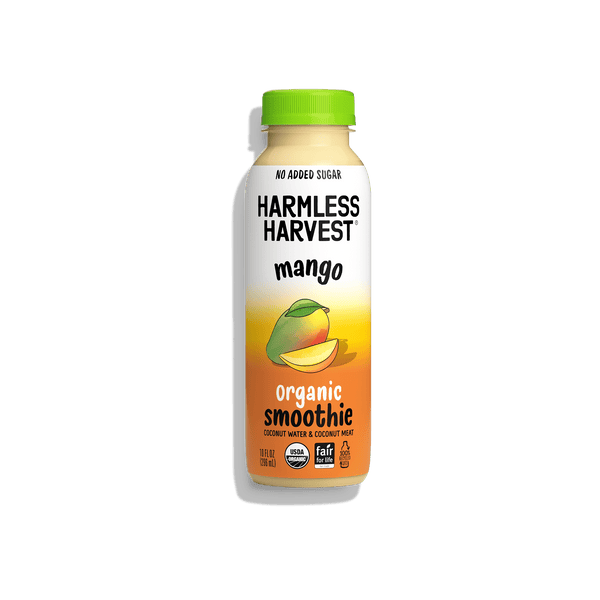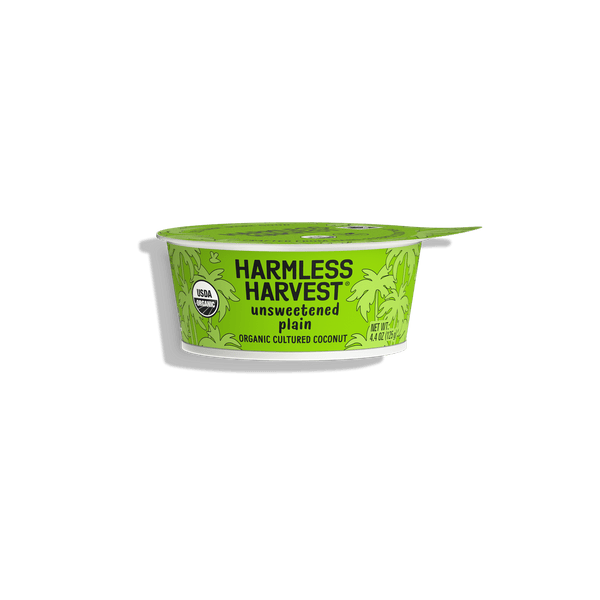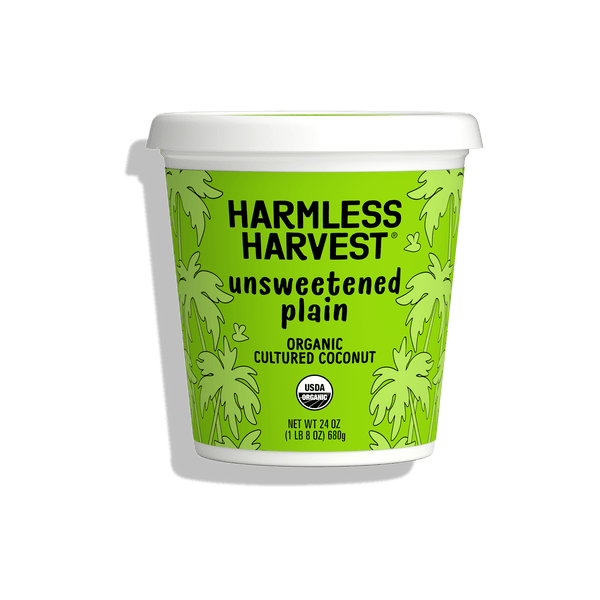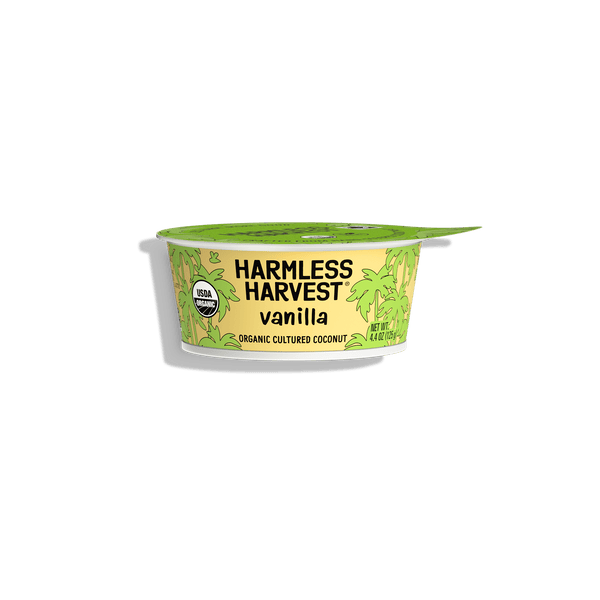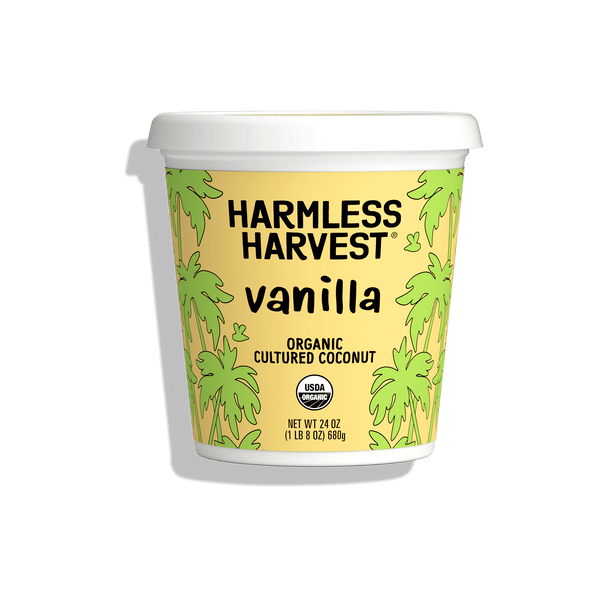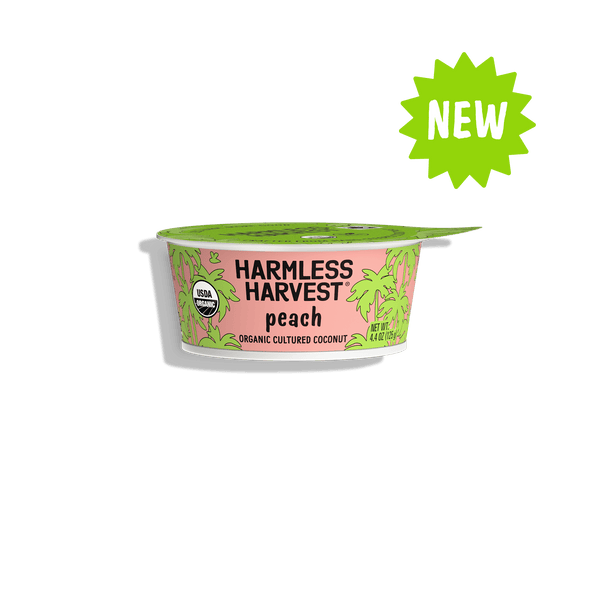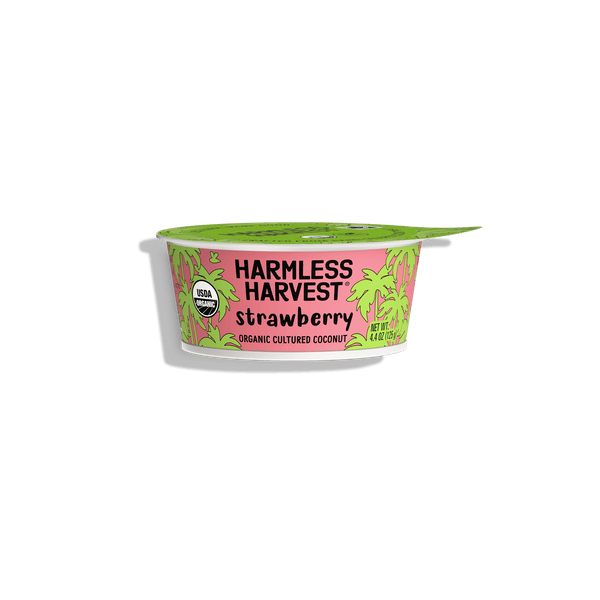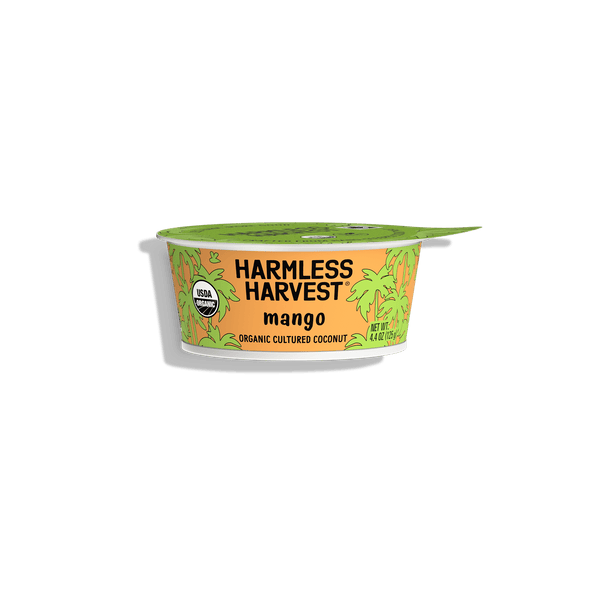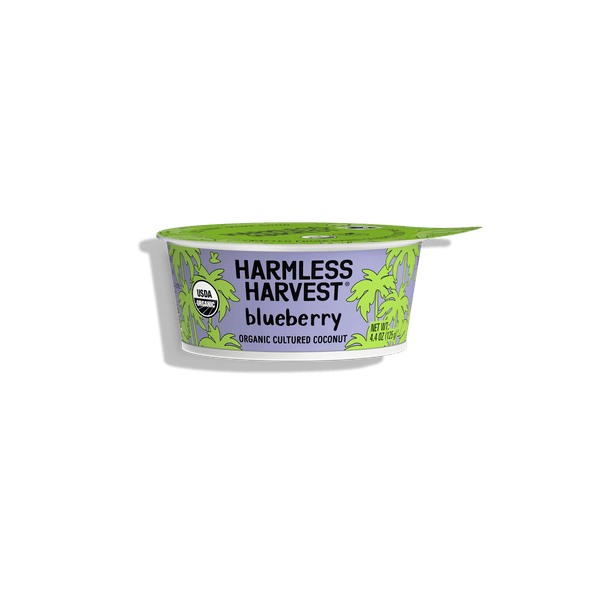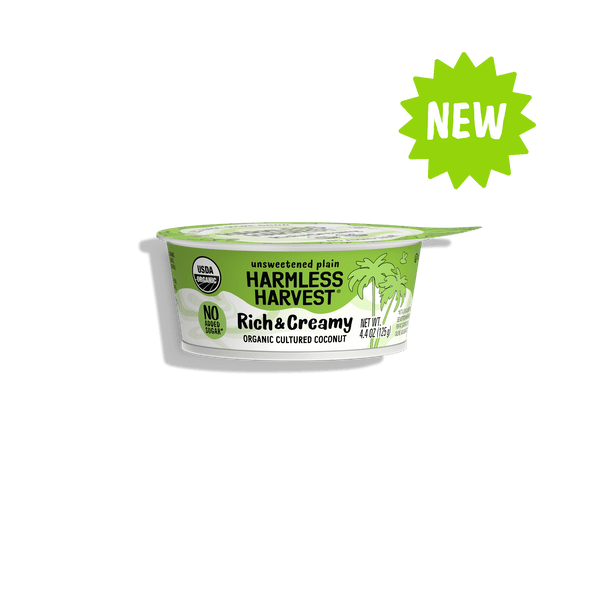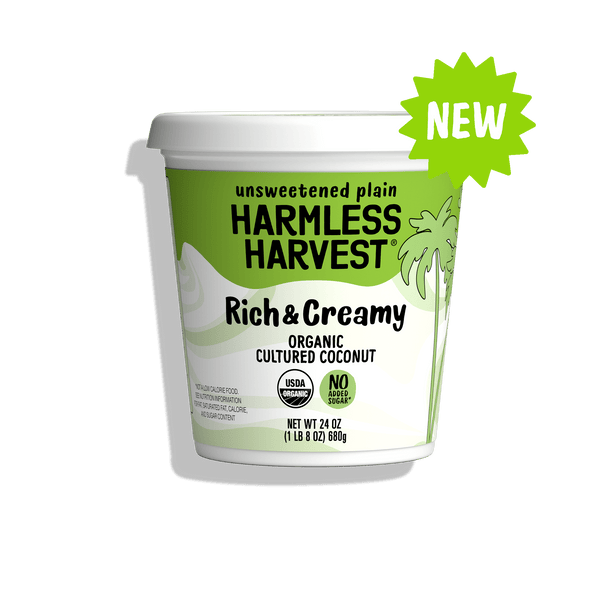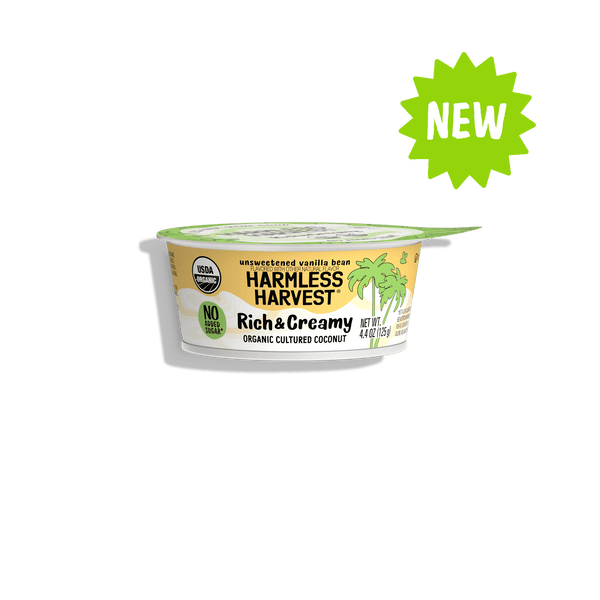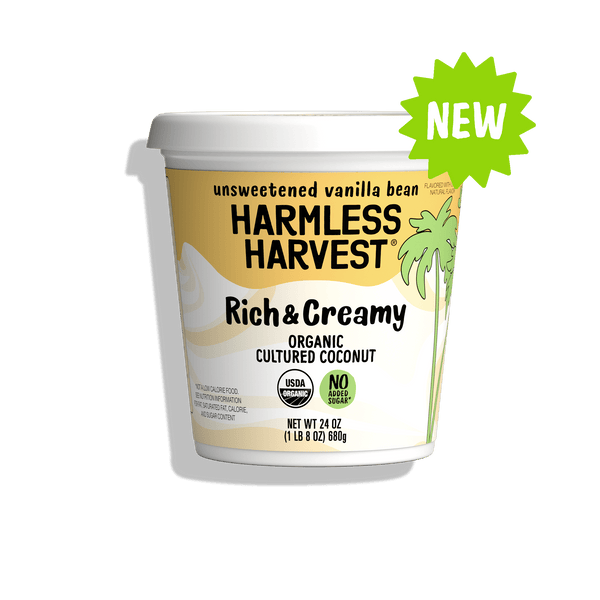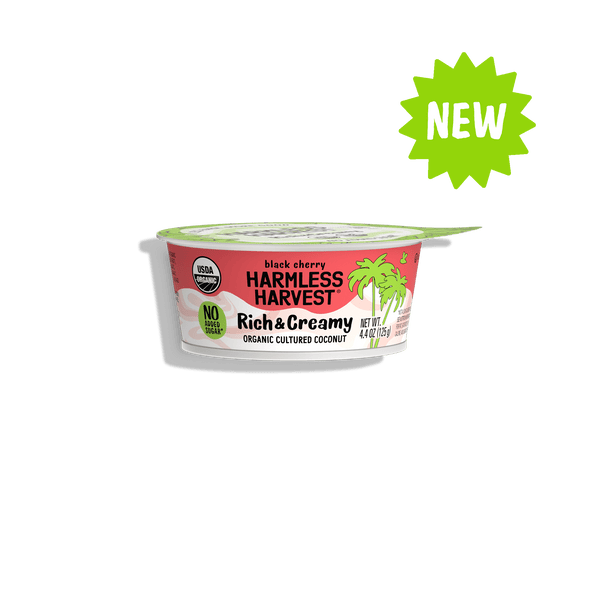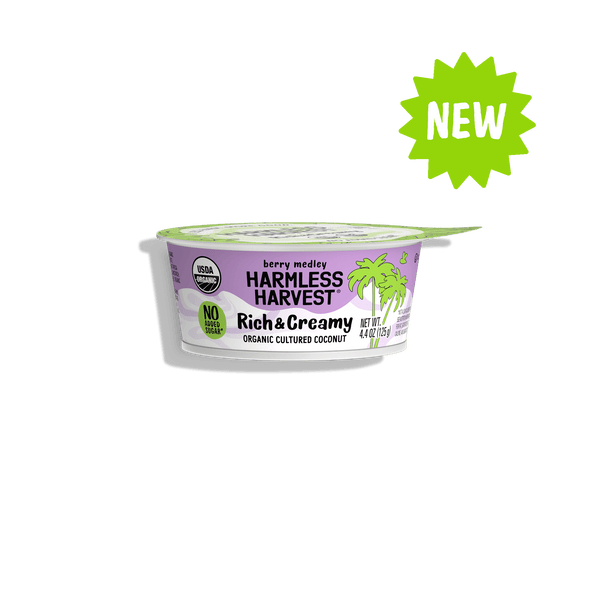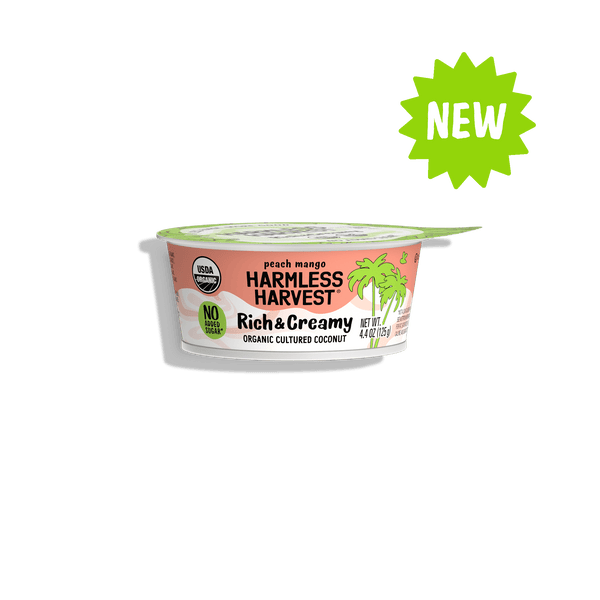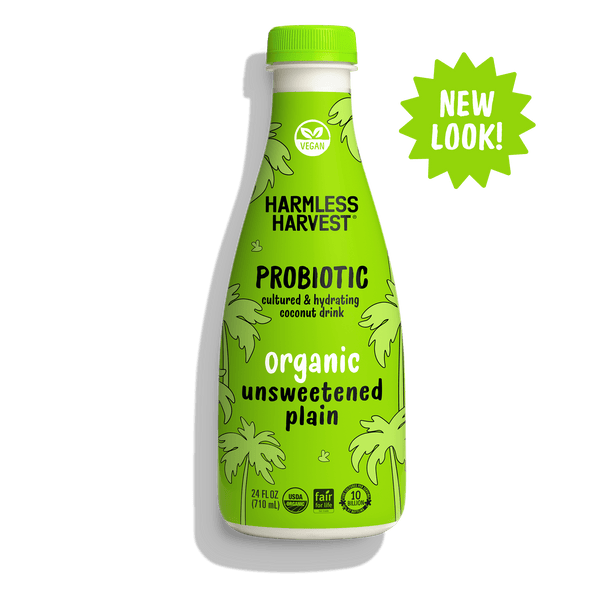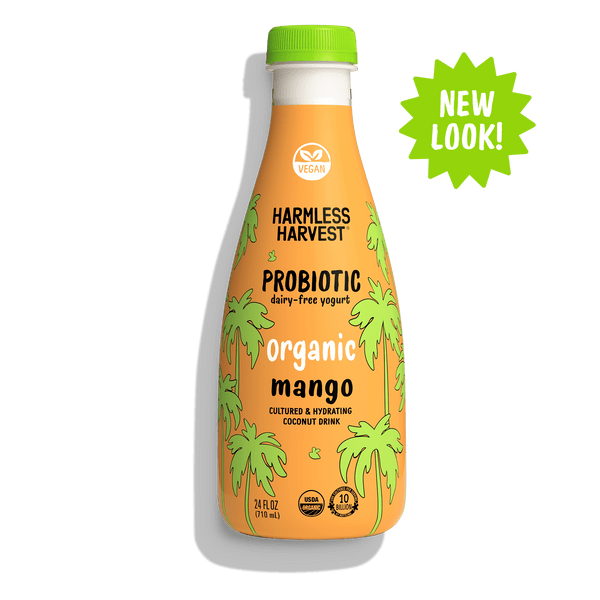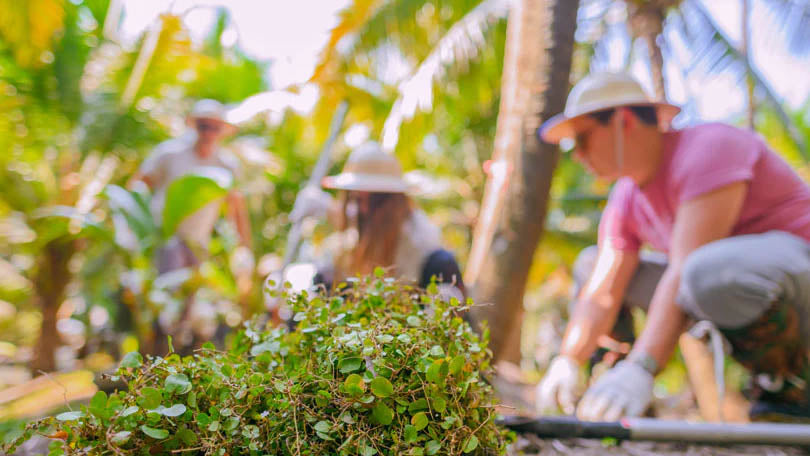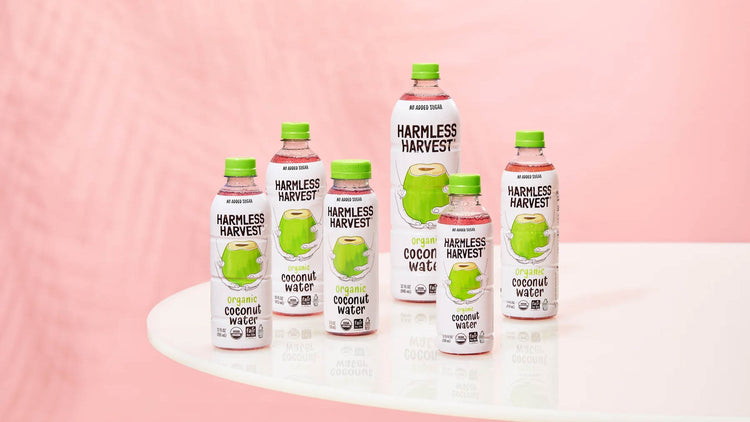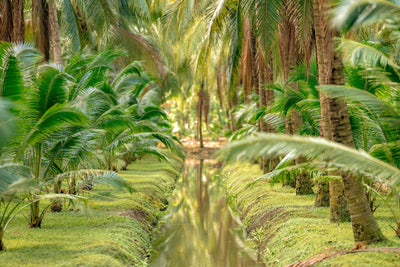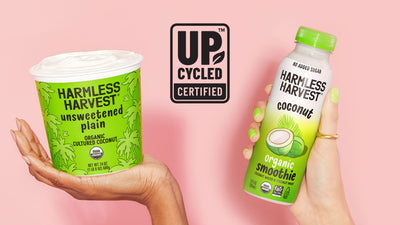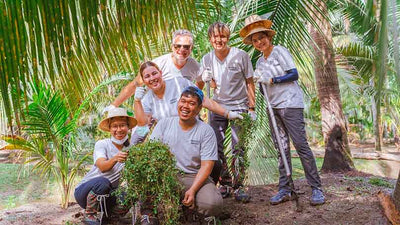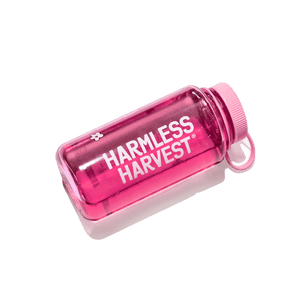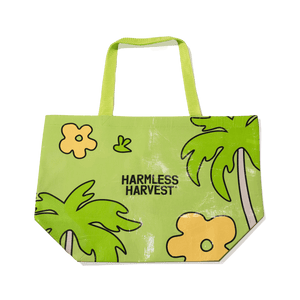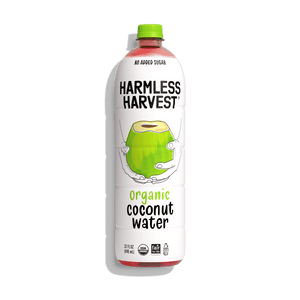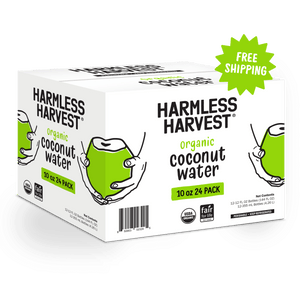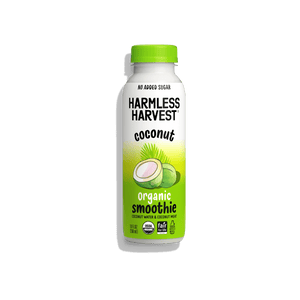If you watched the news at all last year, you probably caught some very heartbreaking headlines like Hurricane Ian in the US and Cuba, a record-breaking heatwave in Europe, flooding in Pakistan, and a major drought in China (just to name a few). What do they all have in common? They’re all climate-related catastrophes, causing not only economic damage, but the displacement of families from their homes and even the loss of life… And they seem to be happening more and more often.
But we’re not here to send you into an anxiety spiral (deep breaths now!). The silver lining is that climate change has now become an international agenda, and many countries and organizations are working towards limiting global warming.
Here at Harmless Harvest, we are certainly no exception to this mindset. We take our responsibility to reduce climate impact very seriously (always have, always will). In fact, our vision is to create a world where organic coconut farming has a net positive impact on both the climate and our communities. How are we doing it? Let’s explore some of the ways we make it happen:
The Greenhouse Gas Problem
Before we jump in, let’s talk about a commonly used but rarely explained term: greenhouse gas emissions. Otherwise known as greenhouse gases (GHG), is a group of gases such as carbon dioxide, methane, nitrous oxide, and fluorinated gases. When concentrated, they can thicken the Earth’s atmosphere, which traps heat and results in global warming. This leads to floods, droughts, and all the other terrible things we mentioned above.
So now that we know what it is, what exactly is Harmless Harvest doing to help combat the greenhouse gas problem? In 2021, we started measuring how much GHG we created andmonitor our emissions each year, covering activities from our own operations to those of key suppliers and service providers in both Thailand and here in the US.
The results? We found that the biggest carbon emissions source in our process comes from organic coconut farming. Now, obviously this is a large and critical step in creating our delicious sips. But we could not just ignore the data staring us right in the face! So rather than throw our hands up in defeat, we searched for an opportunity to improve. And we found it, in a way you might not expect…

Compost to the Rescue
Once we learned that coconut farming was the main source of our carbon emissions, we got to work. We looked at activities in the farm that generate greenhouse gases and found that a big portion of on-farm GHG emissions come from farm residue management. When farmers pile coconut leaves and damaged coconuts on the perimeter of their farms or discard them into the irrigation canals, these practices create GHG. We started encouraging farmers to upcycle: turning their farm residue into compost. To do this, we partnered with a local university in Thailand in 2020 to adapt and develop a new compost formula, then tested it with pilot farmers through ReCAP: the Regenerative Coconuts Agriculture Project. These farmers used simple methods like windrow (an elongated mound made from compostable material) and aeration (creating small holes in the windrow to allow oxygen and water to permeate the compost pilecompost magic. Then, we waited…
After confirming the test results were heading in the right direction, we began spreading the knowledge we’d acquired to the coconut farmers in ReCAP and to our team of top crop scientists—urging on-farm compost making. We also encouraged the farmers to plant cover crops to protect the soil and improve carbon sequestration (capturing and storing atmospheric carbon dioxide) on their farms. Our team in Thailand has already successfully introduced this cover-crop planting to 208 farms since 2020 (and counting!).

Opportunity on the Horizon
Following the actual farming process, we discovered that our second biggest emission source was coconut waste management. This includes all the coconut waste (i.e., anything that doesn’t end up becoming coconut water) from our processing plant and our coconut partners.
Realizing that coconut waste being sent to landfills was the source of the significant amount of our emissions, we first vowed to use every part of the coconut. Rather than extracting the coconut water to bottle it and discard the rest, we began upcycling coconut meat (from the same coconuts) to be the creamy base for our dairy free yogurt alternatives, as well as our coconut smoothies. This is the most delicious and sustainable method for taking advantage of all the goodness each coconut has to go around.
The impact was significant in our 2021 greenhouse gas inventory. The reason? Our production volume soared, and the amount of coconut waste exceeded our coconut-fiber partner's capacity to process and upcycle it all. Of course, growth is always positive (we love bringing more organic goodness to more people), but we couldn’t deny the less-than-ideal side effects. In fact, we ended up sending 42% of our coconut waste to landfills compared to the measly 5% sent in 2020 (we know, big oof) and this increased our coconut waste management emission by 29,000 tCO2e. That’s the equivalent to flying a 600-passenger airbus from Bangkok to Los Angeles… 20 times! It’s hard to see all that in writing, but honesty and transparency are the first steps toward making important changes.
And change we did, because here’s where the story takes a positive turn! We started working with our business partners and are happy to announce that we are no longer sending coconut waste to landfills (and haven’t been since December 2022).

The Future Starts Now
While this eye-opening blog has primarily focused on addressing our two biggest sources of carbon emissions—the sustainable farming process and coconut waste management—we are always working to reduce our climate impact (and generally create positive change for people and planet!) in other areas such as…
- Successfully switching all our coconut water bottles to 100% rPET (recycled plastic) vs. using virgin plastic. Plus, we’re continuing to find new ways to evolve our packaging to be more sustainable.
- We’ve improved the livelihood of over 63,000 people from our farming communities in Thailand (from children to elderly) through our Fair For Life Premium Fund activities—a number we will continue to grow over time!
- Improving our processing plant to be more energy efficient overall
- Continuing to raise climate-change awareness among our employees and fans like you.
Because at Harmless Harvest, we believe that we can make a positive impact on the environment and our communities. That’s why now and always, we are committed to transparency and making continuous improvements to our Earth-conscious practices. Let's work together towards a better, more sustainable future!
To see our 2025 goals and more details of what we’ve accomplished so far, click here.


